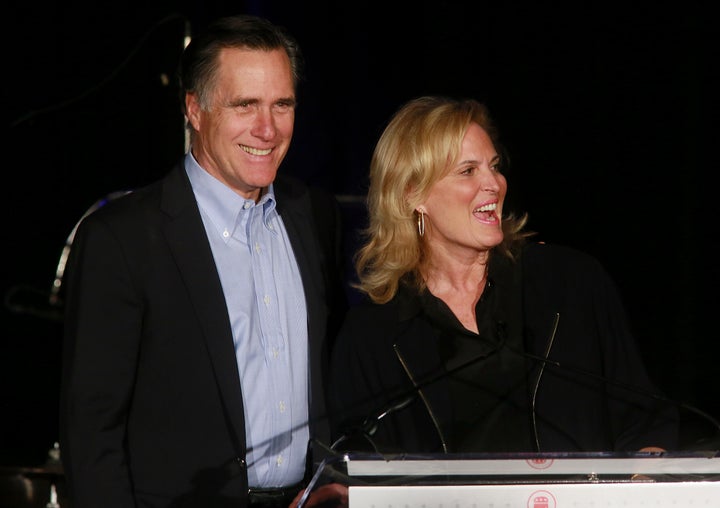
A progressive think tank has created a digital calculator to show how little the superrich contribute to Social Security.
Americans pay payroll taxes to support the popular pension and disability insurance program on wages up to $118,500 -- the taxable maximum or “cap” above which they stop paying. Investment income is not taxed at all for Social Security purposes.
The new tool, released last week by the Center for Economic and Policy Research, allows users to find out the date a person with annual earnings above the capped amount would stop contributing to the program.
Someone making $1 million a year, for example, would have stopped paying into Social Security by Feb. 14, or Valentine's Day, this year.
The coincidence wasn't lost on CEPR’s Kevin Cashman, who developed and wrote about the tool and called the end of taxation a "valentine" for those millionaires.
CEPR's calculator also shows how much more revenue Social Security would take in if those high earners had to keep paying the 6.2-percent payroll tax rate on all of their earnings. Someone making $1 million would pay an additional $54,653 into the program.
Try putting in different salaries yourself:
CEPR created the calculator to remind the American public of common-sense steps that could shore up Social Security’s finances without cutting its benefits.
“The point is to highlight that a lot of people don’t pay the Social Security tax, and that is something that a lot of people don’t realize,” Cashman told The Huffington Post. “If we do lift the cap, and millionaires and billionaires pay the same share as the rest of us, that would go a long way in making Social Security improve its financial situation.”
Social Security will only be able to pay out about three-quarters of promised benefits in 2034 if nothing is done to adjust the program’s finances before then.
Progressive Social Security advocates have embraced lifting the cap or scrapping it entirely as a way to not only avoid reducing benefits, but to fund their expansion.
“If we do lift the cap, and millionaires and billionaires pay the same share as the rest of us, that would go a long way in making Social Security improve its financial situation.”
- Kevin Cashman, Center for Economic and Policy Research
Both Democratic presidential candidates have promised they will not cut Social Security benefits and have indicated they would support changing the cap.
Sen. Bernie Sanders (I-Vt.) has introduced legislation that would remove the cap for higher earners -- subjecting earnings of $250,000 or more to payroll taxes. Social Security's chief actuary projects that Sanders' bill would extend the program’s solvency until 2065 and finance an across-the-board benefit increase.
Former Secretary of State Hillary Clinton has said she is open to lifting the cap, but has yet to lay out a detailed Social Security plan.
Given the bizarre fact that someone earning $118,500 contributes the same amount as a billionaire to the country’s largest social insurance program, one might wonder why the Social Security taxable maximum even exists at all.
In truth, it is there by design. When President Franklin D. Roosevelt created the program, he proposed exempting high-earners from participating altogether to ensure that Social Security would be a middle- and working-class pension program funded by those workers, rather than a transfer program from the rich. Congress created the taxable maximum to accomplish a similar goal.
But as a retiring baby boomer generation puts financial strain on Social Security and as most private, defined contribution plans prove to be inadequate sources of retirement income, advocates prefer lifting the cap to avoid benefit cuts.
They also note that the cap covers a smaller percentage of earnings than before, due to rising income inequality. Earnings above the cap rose faster in recent decades than the earnings of the country as a whole.
In 1983, 90 percent of the country's earned income was subject to the payroll tax. In 2013, only 83 percent of it was.
Also on HuffPost:
